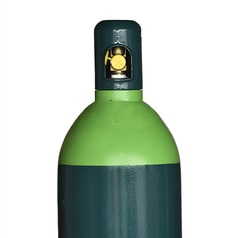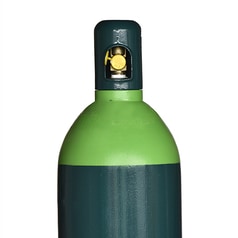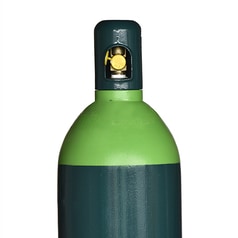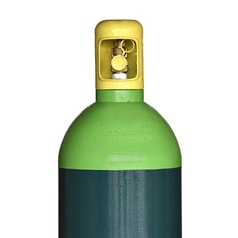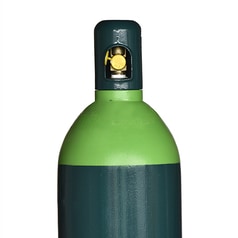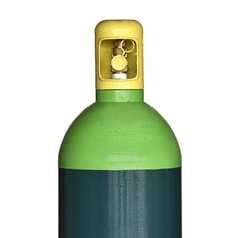Pour bénéficier d’un affichage optimal de la boutique en ligne de PanGas, vous avez besoin pour le navigateur de la version minimale suivante:
• Internet Explorer 9.0
• Mozilla Firefox 38
• Safari 8
• Chrome 45
Veuillez vous assurer que JavaScript est activé dans les paramètres de votre navigateur.
MIG/MAG welding
Major welding methods that use shielding gases are MIG and MAG welding
In this process, also called arc welding with a melting electrode, the arc is between the welding wire and the workpiece. The difference between MIG welding and MAG welding is the shielding gas used. In MIG welding, an inert gas or gas mixture is used, such as argon or argon/helium. In MAG welding, a shielding gas with an active component, such as carbon dioxide and/or oxygen, is used.
More information
Three arc types are possible in MIG/MAG welding: the short-circuit arc, the spray arc and the pulse arc. Which type is used depends on the sheet thickness, the position, the requirements set and of course the available equipment. In particular, the development of the right shielding gases and shielding gas mixtures has led to MIG/MAG welding being used on a large scale.
MIG welding
MIG welding (metal welding with inert gases) is an arc welding process and is used to weld various metals with an inert/inactive gas, meaning it does not react with the other materials.
Here, the heat from the arc is used to melt the wire electrode and carry it to the weld pool. The arc and weld pool are protected by an inert or inactive gas, which prevents oxidation of the weld.
Advantages of MIG welding
- High productivity
- No oxidation on the welding seam
- High welding speed (thus low risk of distortion)
- High operating safety
- Working in forced positions possible
- No production of slag
Disadvantages of MIG welding
- Thorough welding preparation necessary
- Can only be used in closed spaces (immobile)
Materials for MIG welding
- Aluminium and aluminium alloys
- Copper and copper alloys
- Nickel and nickel alloys
- Magnesium
- Titanium
- Other non-ferrous metals
MAG welding
MAG welding (metal welding with active gases) is an arc welding process and is used to weld various metals with an active gas, meaning it reacts with the materials.
Here, the heat from the arc is used to melt the wire electrode and carry it to the weld pool. The arc and weld pool are protected by an active gas with an oxidizing or reducing effect.
MAG welding benefits
- High productivity
- Low distortion
- No oxidation on the welding seam
- High welding speed (thus low risk of distortion)
- High operating safety
- Working in forced positions possible
- No production of slag
Disadvantages of MAG welding
- Thorough welding preparation necessary
- Can only be used in closed spaces (immobile)
Materials for MAG welding
- Non-ferrous metals and their alloys
- Unalloyed and alloyed steels (e.g., structural steels, tubular steels, fine-grained structural steels, CrNi steels, etc.)
RAPID PROCESSING®
MAG welding has been the most common welding method for quite some time. It is still increasing in popularity and the technology is constantly developing. The more practical experience welders gain in MAG welding, the further the technology can be developed. A good example of this is RAPID PROCESSING® - a concept for high productivity in MAG welding.
RAPID PROCESSING® offers the following advantages:
- Improved productivity due to higher welding speed and/or deposition rate
- Better quality with less spatter and slag, better side-melting and smoother weld reinforcements
The higher productivity can be achieved with little or no cost for new investments. Cycle times are shorter, bottlenecks are eliminated, production costs are lower and delivery times are shorter: all thanks to faster production. RAPID PROCESSING® is a technique that is ideally suited to welding unalloyed or low-alloyed steels with a thickness of more than 2 mm. RAPID PROCESSING® can also be applied to stainless steel. The biggest cost savings can be achieved with mechanical or robotic welding.
RAPID PROCESSING® represents a new way of thinking within MAG welding. To achieve the best results, unusual settings for the welding parameters are used, together with an argon-rich shielding gas. MISON® shielding gases provide increased productivity and a better working environment


